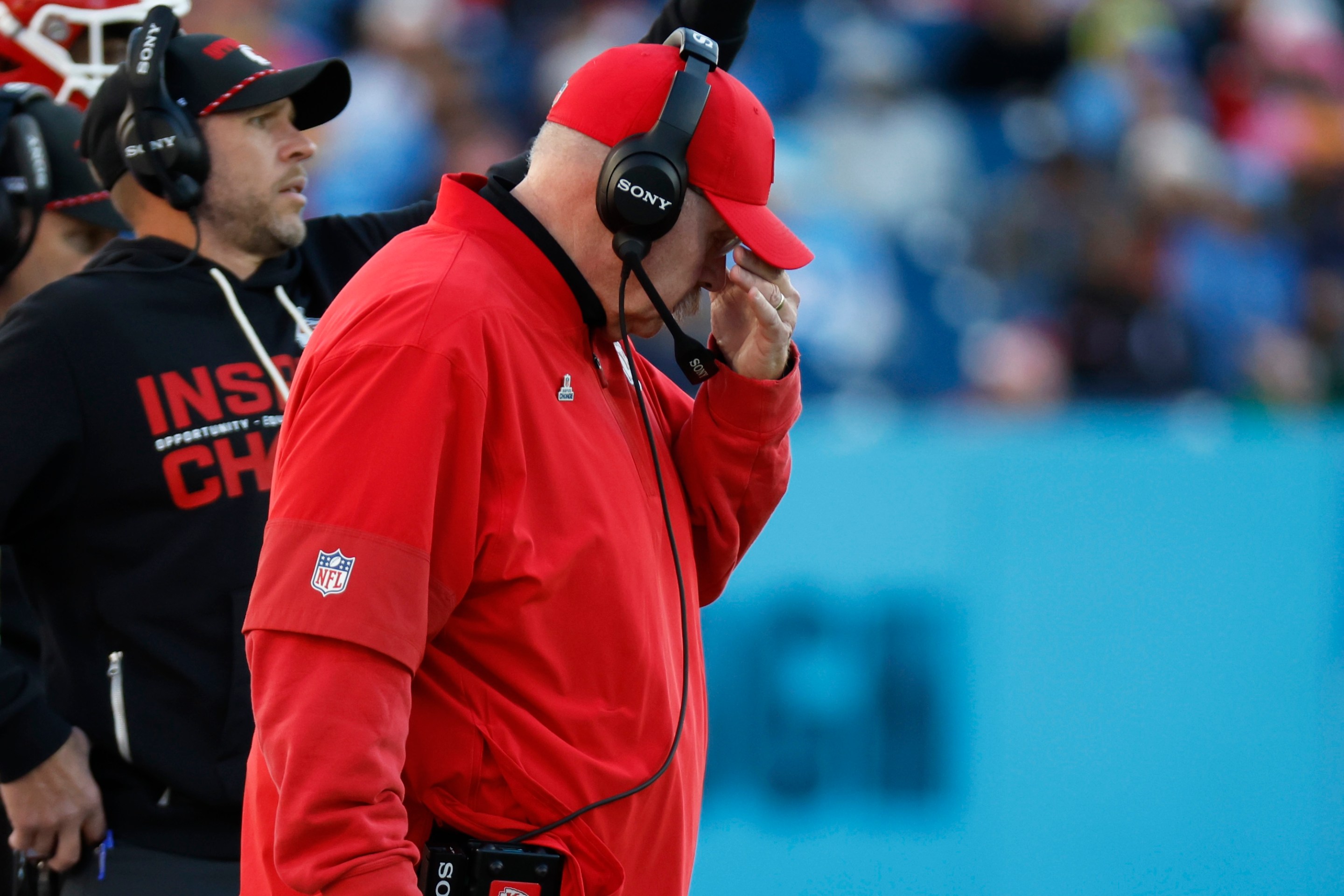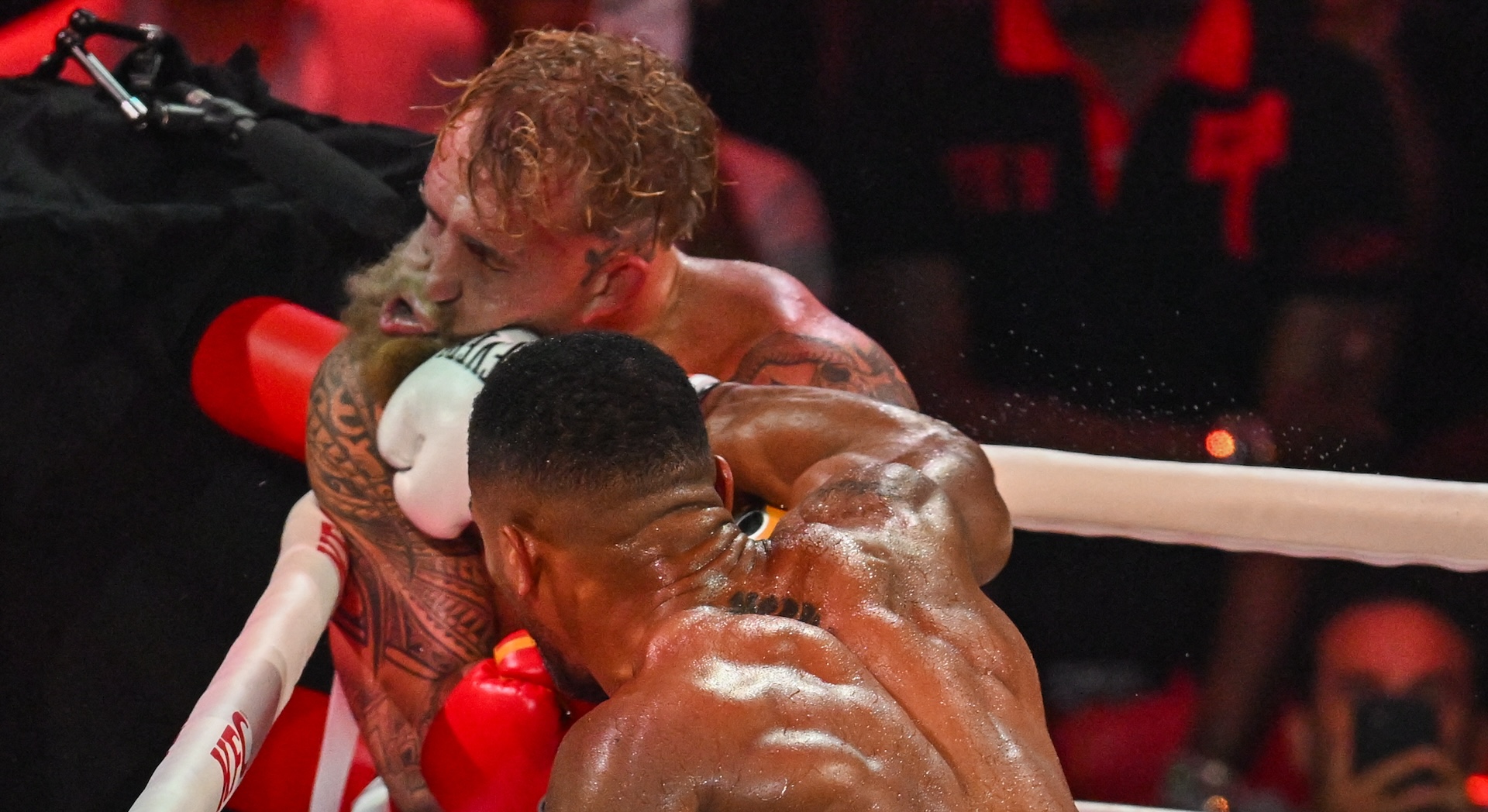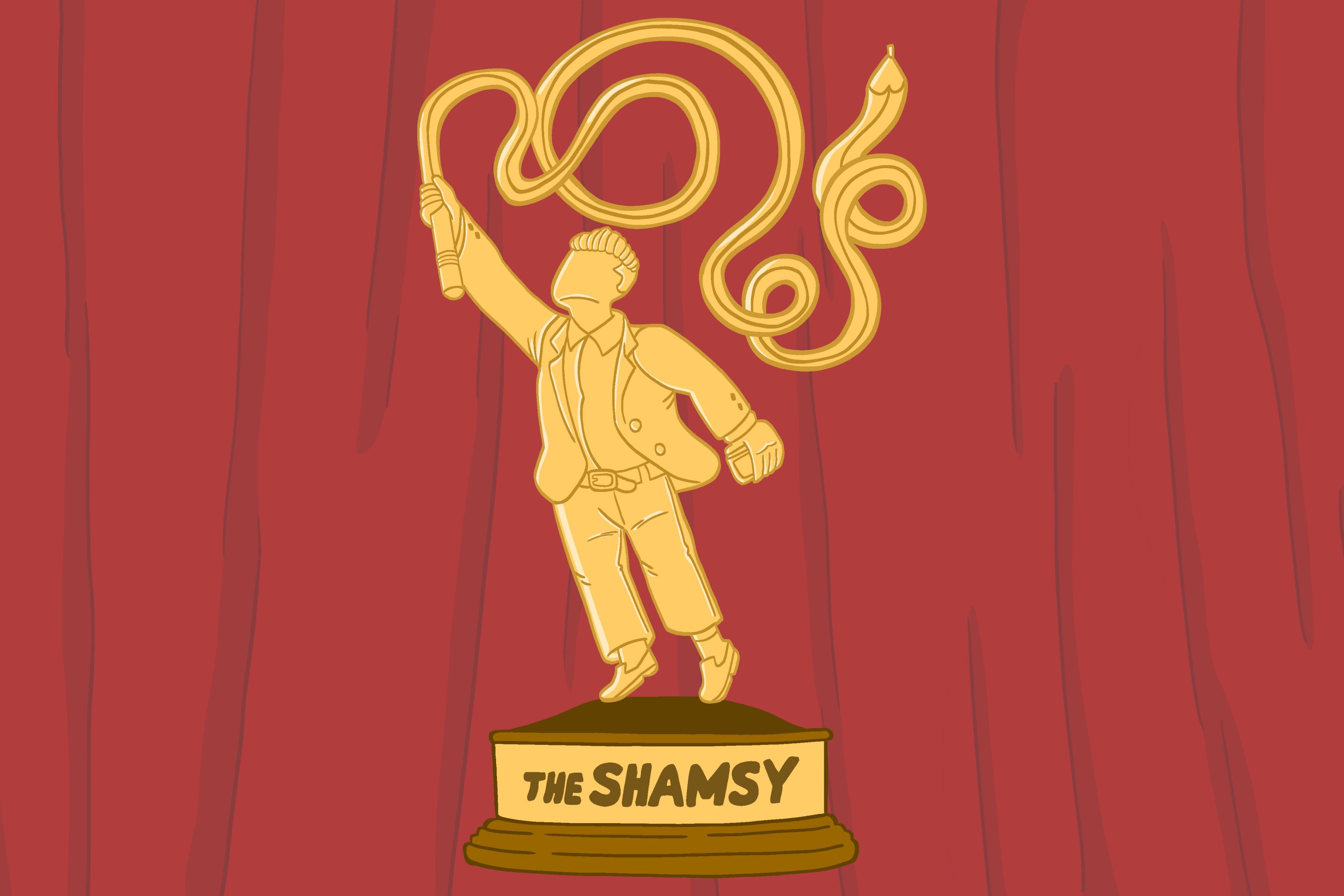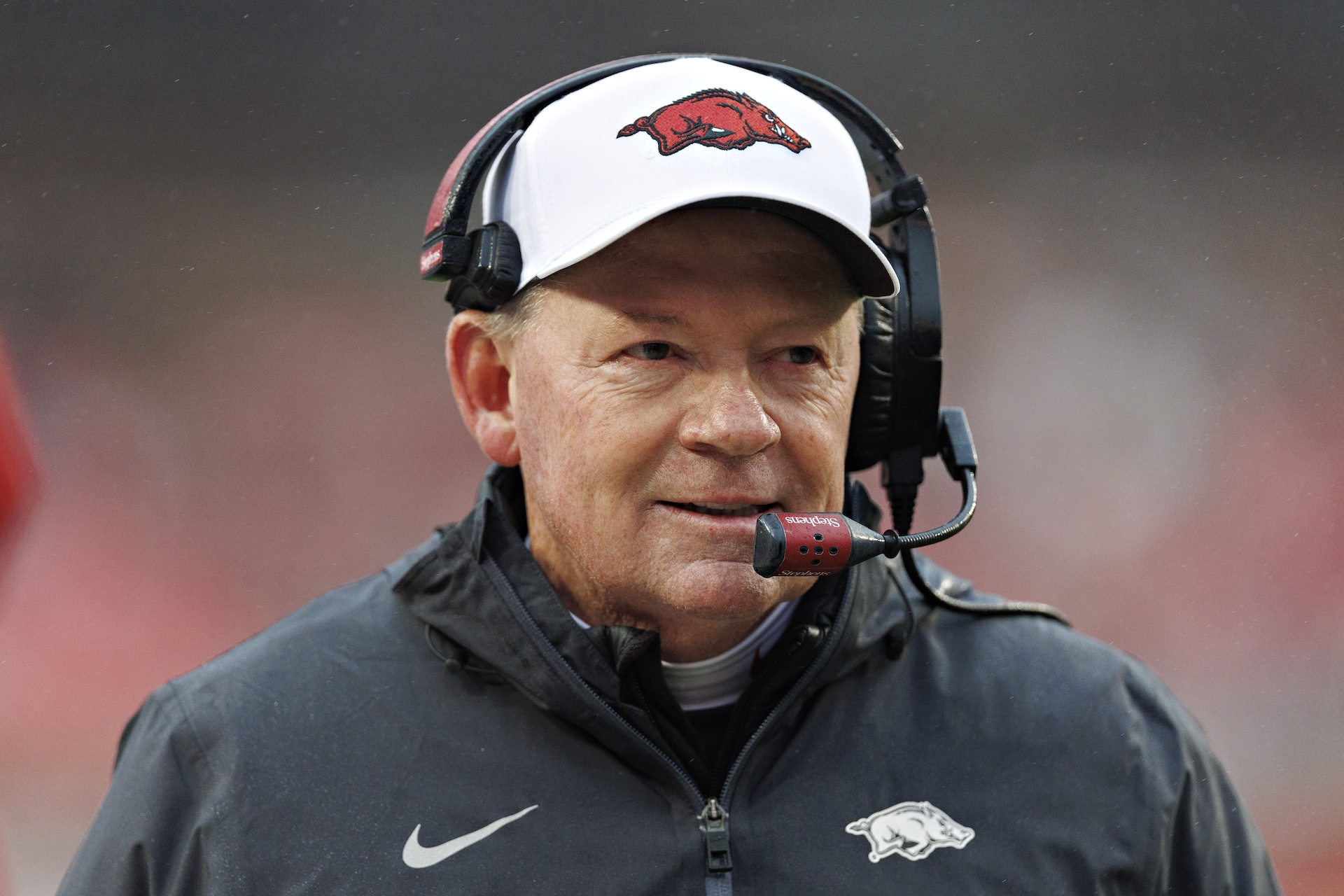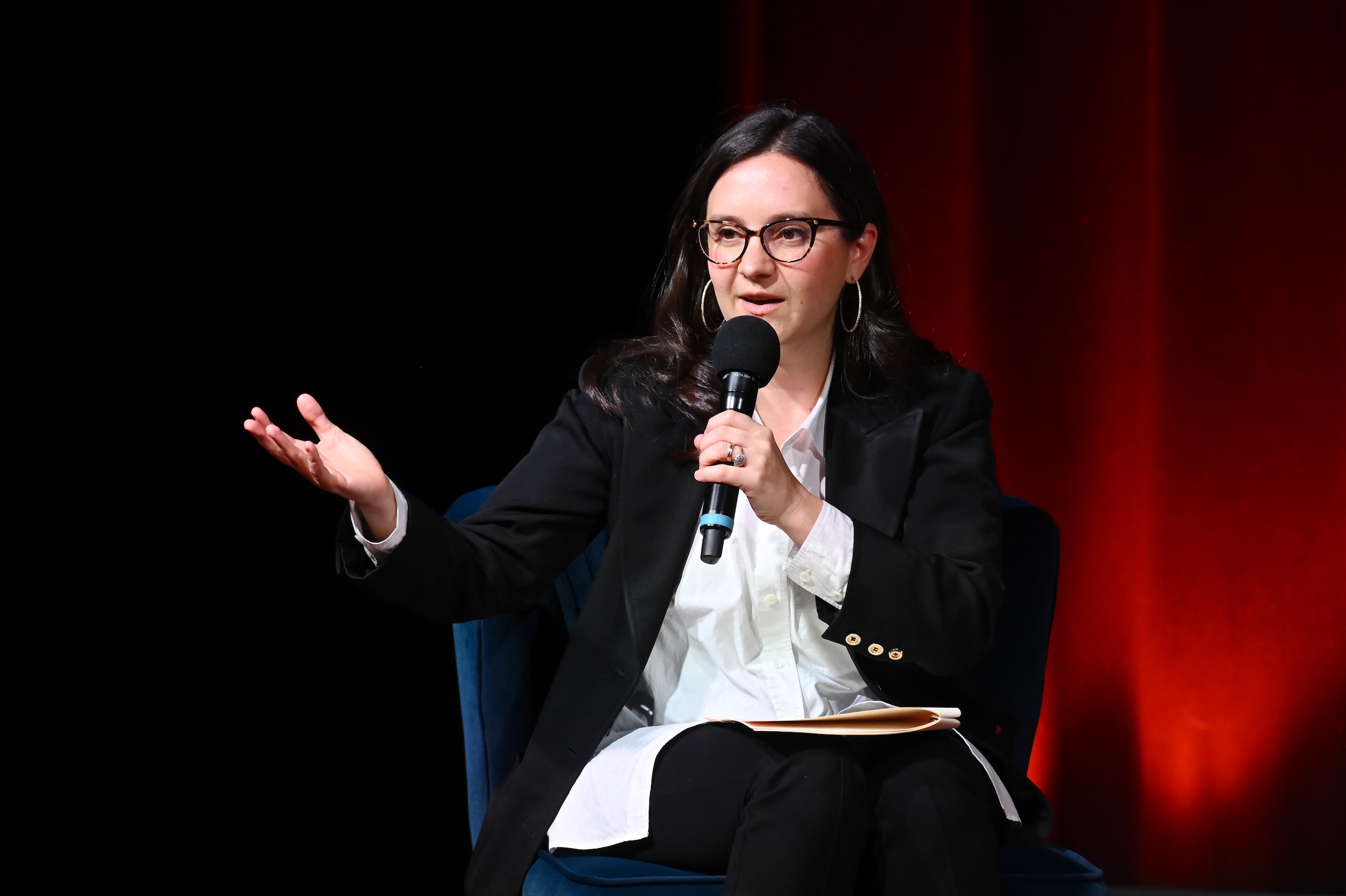This month, there's one story on everybody's minds. I'm speaking, of course, about the Iberian harvester ant queens who can clone ants of an entirely different species to breed a subaltern army of hybrid ants whose only purpose is to serve them. If you, too, have been transfixed by their story and are eager to learn more about these ants' whole sick deal, you've come to the right place.
Who are these ants?
The Iberian harvester ant Messor ibericus looks like any other ant: brownish, hairy, ant-like. The species is found in the Iberian Peninsula and the Mediterranean. Harvester ants get their name from their practice of collecting seeds and storing them in granaries to feed their colonies. Inside the colony, the workers use their manidbles to grind the seeds into a pulp called "ant bread," which they feed to each other and to the queen. Ant bread! What's next, ant milk?
OK, remind me how a normal ant colony works.
There are more than 14,000 species of ants, all of which live in colonies. The nature of these colonies has historically drawn comparisons to factories, specifically as a metaphor for the virtues of hard work and division of labor. But this isn't exactly how ant colonies work, explains biologist Deborah Gordon in Aeon. Ants are not born into predetermined jobs, but rather take on different tasks depending on their age and the colony's needs. Ant colonies have no bosses or supervisors. They decide which tasks they do based on their encounters with each other. How egalitarian! And though there is a queen, it's not a monarchy. No one takes orders from her; she's busy doing her own job, of laying eggs.
Unlike your average worker-owned blog, however, ants have an accelerated growth mindset. Their goal is to make more ants. They do this with the help of their queen, who is the only reproductive female in the colony. Her fertilized eggs develop into sterile daughters, also called workers. Under certain conditions such as better nourishment, a fertilized egg can develop into a princess with the potential to become a queen. And the queen's unfertilized eggs develop into males. (You might be wondering, does this mean the queen is mating with her sons? Don't worry, that only happens sometimes. A male ant generally has wings, which allow him to fly to new nests and mate with a queen who is not his mother.) Some colonies break this mold. Some have multiple queens or wingless males, and others spawn more ants via parthenogenesis. But this is generally how ants make more ants.
But harvester ants are known to be real freaks. In 2002, scientists discovered seed harvester ants in the genus Pogonomyrmex doing something extremely weird, as two scientists pointed out in The Conversation. Their queens mate with males from another species to create female workers that are hybrids between the two species.
Doesn't that go against the very idea of a species?
Absolutely. Scientists have a bunch of different definitions for species but the most common one is the biological species: a group of organisms that can produce fertile offspring with each other. These hybrid workers aren't fertile, but each colony of seed harvester ants still relies on the sperm of the other species to survive. This is not normal! Just like the seed harvester ants, the Iberian harvester ants mate with males of another species to ensure their survival. But the Iberian harvester ants escalate the level of freak, according to a paper recently published in the journal Nature.
So what's the deal with the Iberian harvester ants?
In 2017, the scientists behind the new paper learned that Iberian harvester ant workers had unusually diverse DNA, which would normally be a sign of mating with a very distantly related ant, according to Science. But when the scientists analyzed the DNA, they realized the workers were hybrids between the Iberian harvester ant M. ibericus and a totally different species, the builder harvester ant Messor structor.
So far, this was familiar ground for ants; perhaps the Iberian harvester ants were mating with nearby builder harvester ants. But the researchers found the closest colonies of builder harvester ants were more than a thousand kilometers away. So how did the Iberian harvester ants get a hold of their sperm?
When the researchers collected males from an Iberian harvester ant colony, they noticed that half the males appeared to be M. structor, and the other half appeared to be M. ibericus. Genetic testing proved that both kinds of ants had the mitochondrial DNA of M. ibericus, which is inherited from the mother. In other words, these small adult sons of two different species both came from the same M. ibericus queen. The scientists suspect the Iberian harvester ant queens are cloning the male builder ants in order to perpetuate their sperm. They've dubbed the practice "xenoparity," which translates to "foreign birth."The queen allows M. structor sperm to enter her eggs, but then she removes her genes from the egg's nucleus, ensuring the egg becomes a son and not a sterile daughter. Hoarding these builder ant lineages allows Iberian harvester ants to thrive even in areas where builder ants are not found.
I'm still not understanding why this is so weird. Is there perhaps an analogy to help me understand?
The paper has helpful diagrams and it's WILD. They clone the other species so they can produce sterile hybrid workers. It's like if a horse could occasionally give birth to a donkey deliberately so they can make mules to serve them while they sit on their... horse throne... as horse queens do.
— EssayWells (@essaywells.bsky.social) 2025-09-04T10:31:54.166Z
OK, that's crazy. So the builder ants are hostages?
Unfortunately, yes. The researchers refer to the practice as "sexual domestication." Because the Iberian harvester ants only clone male builder ants, the builder ants cannot reproduce on their own. And it gets darker. When the researchers raised Iberian harvester ant colonies in a lab, they found "queens appear to clone more M. structor males than ultimately hatch, suggesting the M. ibericus ants decide how many of those males get to live," per Science. So the horse queens are not just birthing donkeys willy-nilly into servitude, they are also doing donkey population control. Who will be brave enough to bray for the donkey?
Moreover, the cloned male builder ants have begun to lose their resemblance to wild male builder ants. While the wild males are hairy, the cloned males are hairless, as one might expect of any wretch isolated from their kin and kept in the dark for many, many years.
It's one thing to use the sperm of another species to create hybrid offspring, but it's basically unthinkable for one species to give birth to two species. One of the most baffling things about this practice is that the two species diverged more than five million years ago—approximately the same time as the split between humans and chimps. And yet the two species are now sexually dependent on each other. "In a sense, clonal males can be viewed as a perfected form of male parasites, as they are essential to their female hosts but reproduce at the expense of their ova," the authors write. "Clonal males may thus be regarded as organelles at the superorganism level," they continue. Perhaps the humble male anglerfish is counting himself lucky in his own sexual entanglement, which seems downright traditional by ant standards. At least he chose to become an organelle.
So what do scientists think of all of this?
So far, the scientific community has been fairly chill. Here is a sampling of what outside scientists had to say about the new paper:
"It’s an absolutely fantastic, bizarre story of a system that allows things to happen that seem almost unimaginable," Jacobus Boomsma, an evolutionary biologist at the University of Copenhagen, told Max Kozlov at Nature.
"The end result is fantastical but incredibly successful, with one species carrying another in its pocket, as it were, all over southern Europe," Sara Helms Cahan, an evolutionary ecologist at the University of Vermont, told Science.
"Something like this has never been seen in biology; but if there’s any group where there was a chance of finding a situation as unique as this, I would have voted for the ants," Francisco Martín, a biologist at the Autonomous University of Madrid, told El País.
"Ants are just amazing," Claudie Doums, an evolutionary ecologist at the Practical School of Advanced Studies in Paris, told Nature.
Tell it to me straight. Must we stan?
I regret to inform you that we are hereinafter obligated to stan the Iberian harvester ant queens. Sure, they're primarily responsible for creating and maintaining a subaltern class of inbred beings that only Kazuo Ishiguro could have dreamed of, transforming full adult ants into glorified hairless organelles. But is it really so bad to be an organelle? Some people pay a lot of money to be hairless. The Iberian ant queen should take to heart the words of another famous girlboss: "First they think you're crazy, then they fight you, then you change the world."


